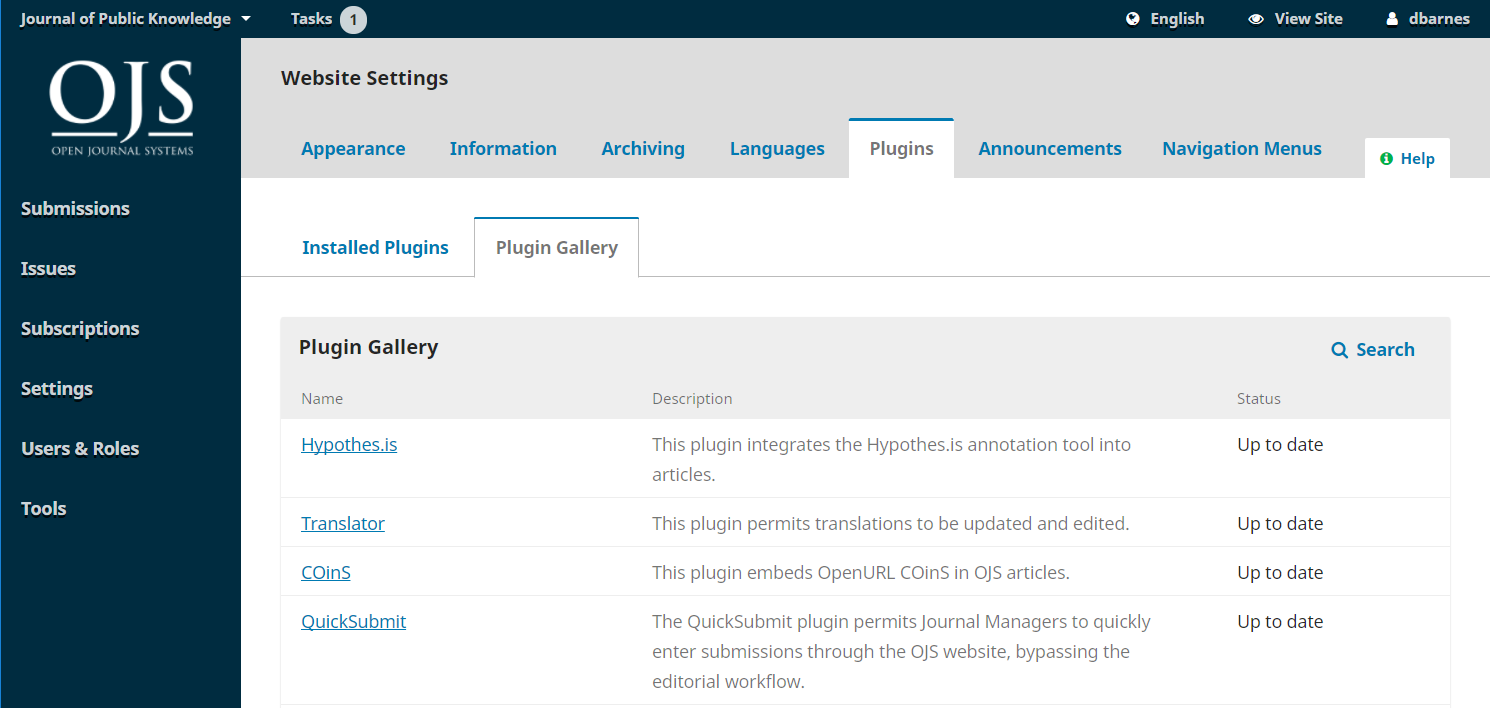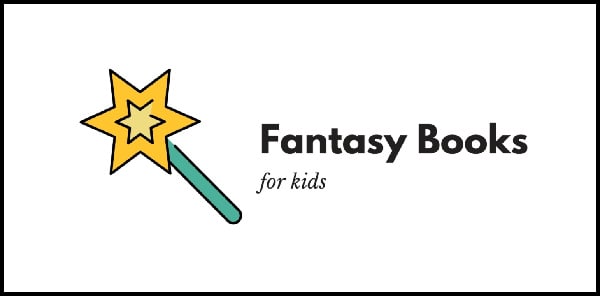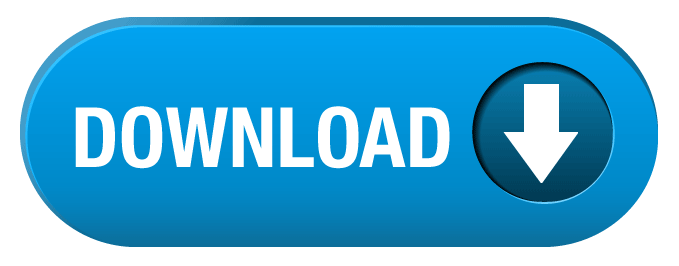- Chapter 12electromagnetismmr.'s Learning Website Free
- Chapter 12electromagnetismmr.'s Learning Websites
- Chapter 12electromagnetismmr.'s Learning Website -

Find out if you can get help paying for school or job training through the Post-9/11 GI Bill (Chapter 33). You may qualify if you served on active duty after September 10, 2001, or if you're the qualified spouse or dependent child of a Veteran who meets these service requirements. Laboratory Manual in Physical Geology, 12th ed; added by Karen Yip; An Indigenous Peoples' History of the United States (REVISIONING HISTORY) added by Ann Bragdon; Environmental Science: A Study of Interrelationships, 15th Edition.

Electromagnetic Field Theory as one file: (PDF 1 of 3 - 3.9MB)(PDF 2 of 3 - 3.2MB)(PDF 3 of 3 - 3.3MB)
Electromagnetic Field Theory Textbook Components
| TEXTBOOK CONTENTS | FILES |
|---|---|
| Front-End Matter | |
Title page (PDF) Dedication (PDF) Preface (PDF) Openbve jr ou main lineopenbve data publishing studios. Note to the student and instructor (PDF) Table of contents, ix-xix (PDF) Title page 2 (PDF) Solutions to selected problems, pp. 699-710 (PDF) Index, pp. 711-723 (PDF) Useful equations and constants (PDF) | |
| Chapter 1: Review of Vector Analysis, pp. 1-48 (PDF) | |
1.1 Coordinate systems, pp. 2-7 1.2 Vector Algebra, pp. 7-16 1.3 The gradient and the del operator, pp. 16-21 1.4 Flux and divergence, pp. 21-28 1.5 The Curl and Stokes' theorem, pp. 28-39 Problems, pp. 39-48 | Sections 1.1-1.5 (PDF) Problems (PDF) |
| Chapter 2: The Electric Field, pp. 49-134 (PDF - 8MB) | |
2.1 Electric charge, pp. 50-54 2.2 The Coulomb force law between stationary charges, pp. 54-59 2.3 Charge distributions, pp. 59-72 2.4 Gauss's law, pp. 72-84 2.5 The electric potential, pp. 84-93 2.6 The method of images with line charges and cylinders, pp. 93-103 2.7 The method of images with point charges and spheres, pp. 103-110 Problems, pp. 110-134 | Sections 2.1-2.7 (PDF) Problems (PDF - 2.7MB) |
| Chapter 3: Polarization and Conduction, pp. 135-256 (PDF - 1.9MB) | |
3.1 Polarization, pp. 136-152 3.2 Conduction, pp. 152-161 3.3 Field boundary conditions, 161-169 3.4 Resistance, pp. 169-173 3.5 Capacitance, pp. 173-181 3.6 Lossy media, pp. 181-197 3.7 Field-dependent space charge distributions, pp. 197-204 3.8 Energy stored in a dielectric medium, pp. 204-213 3.9 Fields and their forces, pp. 213-223 3.10 Electrostatic generators, pp. 223-231 Problems, pp. 231-256 | Sections 3.1-3.10 (PDF - 1.4MB) Problems (PDF) |
| Chapter 4: Electric Field Boundary Value Problems, pp. 257-312 (PDF) | |
4.1 The uniqueness theorem, pp. 258-259 4.2 Boundary value problems in Cartesian geometries, pp. 259-271 4.3 Separation of variables in cylindrical geometry, pp. 271-284 4.4 Product solutions in spherical geometry, pp. 284-297 4.5 A numerical method-successive relaxation, pp. 297-301 Problems, pp. 301-312 | Sections 4.1-4.5 (PDF) Problems (PDF) |
| Chapter 5: The Magnetic Field, pp. 313-392 (PDF - 1.2MB) | |
5.1 Forces on moving charges, pp. 314-322 5.2 Magnetic field due to currents, pp. 322-332 5.3 Divergence and curl of the magnetic field, pp. 332-336 5.4 The vector potential, pp. 336-343 5.5 Magnetization, pp. 343-359 5.6 Boundary conditions, pp. 359-361 5.7 Magnetic field boundary value problems, pp. 361-368 5.8 Magnetic fields and forces, pp. 368-375 Problems, pp. 375-392 | Sections 5.1-5.8 (PDF) Problems (PDF) |
| Chapter 6: Electromagnetic Induction, pp. 393-486 (PDF - 2.7MB) | |
6.1 Faraday's law of induction, pp. 395-405 6.2 Magnetic circuits, pp. 405-417 6.3 Faraday's law for moving media, pp. 417-435 6.4 Magnetic diffusion into an ohmic conductor, pp. 435-451 6.5 Energy stored in the magnetic field, pp. 451-460 6.6 The energy method for forces, pp. 460-465 Problems, pp. 465-486 | Sections 6.1-6.6 (PDF - 1.1MB) Problems (PDF) |
| Chapter 7: Electrodynamics-Fields and Waves, pp. 487-566 (PDF - 1.2MB) | |
7.1 Maxwell's equations, pp. 487-490 7.2 Conservation of energy, pp. 490-496 7.3 Transverse electromagnetic waves, pp. 496-505 7.4 Sinusoidal time variations, pp. 505-520 7.5 Normal incidence onto a perfect conductor, pp. 520-522 7.6 Normal incidence onto a dielectric, pp. 522-529 7.7 Uniform and nonuniform plane waves, pp. 529-534 7.8 Oblique incidence onto a perfect conductor, pp. 534-538 7.9 Oblique incidence onto a dielectric, pp. 538-544 7.10 Applications to optics, pp. 544-552 Problems, pp. 552-566 | Sections 7.1-7.10 (PDF) Problems (PDF) |
| Chapter 8: Guided Electromagnetic Waves, pp. 567-662 (PDF - 1.6MB) | |
8.1 The transmission line equations, pp. 568-579 8.2 Transmission line transient waves, pp. 579-595 8.3 Sinusoidal time variations, pp. 595-607 8.4 Arbitrary impedance terminations, pp. 607-620 8.5 Stub tuning, pp. 620-629 8.6 The rectangular waveguide, pp. 629-644 8.7 Dielectric waveguide, pp. 644-649 Problems, pp. 649-662 | Sections 8.1-8.7 (PDF - 1.5MB) Problems (PDF) |
| Chapter 9: Radiation, pp. 663-698 (PDF - 3.8MB) | |
9.1 The retarded potentials, pp. 664-667 9.2 Radiation from point dipoles, pp. 667-681 9.3 Point dipole arrays, pp. 681-687 9.4 Long dipole antennas, pp. 687-694 Problems, pp. 695-698 | Sections 9.1-9.4 (PDF) Problems (PDF) |
Recommended Citation

For any use or distribution of this textbook, please cite as follows:
Markus Zahn, Electromagnetic Field Theory. (Massachusetts Institute of Technology: MIT OpenCourseWare). http://ocw.mit.edu (accessed MM DD, YYYY). License: Creative Commons Attribution-NonCommercial-Share Alike.
Welcome!
This OCW supplemental resource provides material from outside the official MIT curriculum.
MIT OpenCourseWare is a free & open publication of material from thousands of MIT courses, covering the entire MIT curriculum.
No enrollment or registration. Freely browse and use OCW materials at your own pace. There's no signup, and no start or end dates.
Knowledge is your reward. Use OCW to guide your own life-long learning, or to teach others. We don't offer credit or certification for using OCW.
Made for sharing. Download files for later. Send to friends and colleagues. Modify, remix, and reuse (just remember to cite OCW as the source.)
Learn more at Get Started with MIT OpenCourseWare
Design engineering is the name for the discipline that finesses the overlap between design and engineering to speed delivery and idea validation. From prototyping to production-ready code, this function fast-tracks design decisions, mitigates risk, and establishes UI code quality. Engineering Design Handbook. Development Guide for Reliability. Design for Reliability. Paperback – January 1, 1976 by ARMY MATERIEL COMMAND ALEXANDRIA VA (Author) See all formats and editions Hide other formats and editions. Price New from Used from Paperback 'Please retry' $204.70 — $204.69.  Design Engineering Handbook By Natalya Shelburne, Adekunle Oduye, Kim Williams, Eddie Lou Learn how design engineering, an essential discipline to creating great products, brings together form and function while accelerating innovation.
Design Engineering Handbook By Natalya Shelburne, Adekunle Oduye, Kim Williams, Eddie Lou Learn how design engineering, an essential discipline to creating great products, brings together form and function while accelerating innovation.
An MIT Press book
Ian Goodfellow and Yoshua Bengio and Aaron Courville
The Deep Learning textbook is a resource intended to help studentsand practitioners enter the field of machine learning in generaland deep learning in particular.The online version of the book is now complete and will remainavailable online for free.
The deep learning textbook can now be ordered onAmazon.
For up to date announcements, join ourmailing list.
Citing the book
To cite this book, please use this bibtex entry:Chapter 12electromagnetismmr.'s Learning Website Free
To write your own document using our LaTeX style, math notation, orto copy our notation page, download ourtemplate files.
Deep Learning
FAQ
- Can I get a PDF of this book?
No, our contract with MIT Press forbids distribution of too easily copiedelectronic formats of the book.
- Why are you using HTML format for the web version of the book?
This format is a sort of weak DRM required by our contract with MIT Press.It's intended to discourage unauthorized copying/editingof the book.
- What is the best way to print the HTML format?
Printing seems to work best printing directly from the browser, using Chrome.Other browsers do not work as well.
- Can I translate the book into Chinese?
Posts and Telecom Press has purchased the rights.
If you notice any typos (besides the known issues listed below) or have suggestions for exercises to add to thewebsite, do not hesitate to contact the authors directly by e-mailat: feedback@deeplearningbook.org
Chapter 12electromagnetismmr.'s Learning Websites
Since the book is complete and in print, we do not make large changes,only small corrections.
Chapter 12electromagnetismmr.'s Learning Website -
Known issues: In outdated versions of the Edgebrowser, the 'does not equal' sign sometimes appears as the 'equals' sign.This may be resolved by updating to the latest version.
